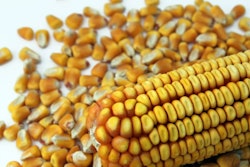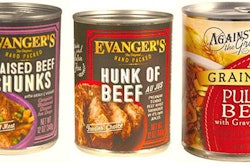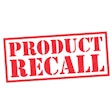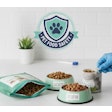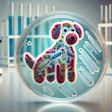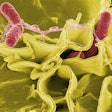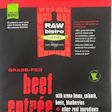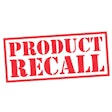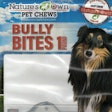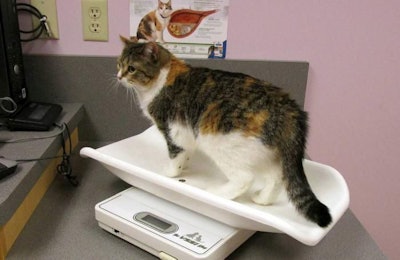
Clean Label Project is soliciting data from dog or cat owners whose pets were diagnosed with cancer during the past decade. Clean Label Project intends to examine the data for correlations between pet food and types of cancer. There is an option to submit multiple submissions if one owner has had multiple animals with cancer diagnoses.
“We intend to use this data to identify systematic relationships between brands of pet food and the incidence of cancer using both anecdotal reports from pet owners and our own analytical chemistry data on the presence of known or suspected carcinogens on pet food products,” said Clean Label Project executive director Jackie Bowen, in a press release.
Clean Label Project survey methodology
The Clean Label Project cancer survey asks questions about a pet’s home and behaviors, and offers the ability to upload a photo of the animal. Respondents enter their pet’s cancer diagnosis and treatment information. The survey asks respondents if their pets ate one specific brand repeatedly. If so, it asks follow up questions about feeding frequency and quantity.
The participants are not selected at random, and the survey’s results will reflect a self-selected group of pet owners. Within the survey, there doesn’t seem to be a means to upload a formal diagnosis from a veterinarian, or provide that vet’s contact information.
Clean Label Project and pet food safety regulation
Research on causes and treatments for cancer in dogs, cats and other animals lags behind human medical science, said Bowen. Dr. Dan Berman of the Denver Animal Hospital agreed and said in the press release that the United States Food and Drug Administration (FDA) has not established regulations on the amount of toxins allowed in pet food.
However, US federal regulators do pay attention to the levels of toxic contaminants such as heavy metals in pet food.
“The Federal Food, Drug, and Cosmetic Act, and related legislation, requires that foods, including animal and pet foods, be safe, wholesome and properly labeled,” Anne Norris, United States Food and Drug Administration (FDA) health communications specialist, told Petfood Industry. “The agency can and does take action when foods violate these standards.
“Animal food and animal food ingredients are routinely tested for contaminants (including pesticides, industrial chemicals, dioxins, elements, mycotoxins, and microbes) as a component of surveillance efforts intended to monitor for adulteration,” she said.
For certain substances, FDA has issued guidance documents or set tolerances. Specific federal guidance does not address other substances, like mercury, in pet food. That doesn’t mean mercury contamination can’t result in recalls or other pet food safety procedures, though.
“The FDA handles these situations on a case-by-case basis, reviewing the relevant facts and current scientific literature before reaching a determination,” she said. “As part of its assessment, FDA scientists look at the level of contamination in the food, the physiology of the particular animal the food is intended for, how much of the food the animal is likely to eat over the course of a lifetime, and other potential exposures that might add to the animal’s overall dose.”
Clean Label Project earns from low-rated pet food sales
During the pet cancer survey, a pop-up appears asking for a donation to the Clean Label Project, but that isn’t the organizations’ only means of funding.
The Clean Label Project, which ranked pet foods based on relative contamination levels, provides a link to buy even the lowest rated pet food brands via Amazon.com. The Clean Label Project earns a 4 percent commission from these sales. However, Bowen, doesn’t see this as contradictory to the organizations’ mission.
“Pet food brands have made billions of dollars selling false comfort and security to pet owners, but the concern is somehow whether a small non-profit makes 4% off Amazon sales?” Bowen said in an email to Petfood Industry.
Instead, she believes that consumers know far less than pet food companies about the contents of their pets’ food, and that her organization is bridging that information gap.
Bowen was unwilling to share the organizations’ data on the specific levels of potentially dangerous chemicals, such as lead, arsenic and melamine, in pet food. The Clean Label Project instead uses a star-based rating system that compares the concentrations of substances in pet foods relative to other brands, as opposed to objective, medically relevant levels.





